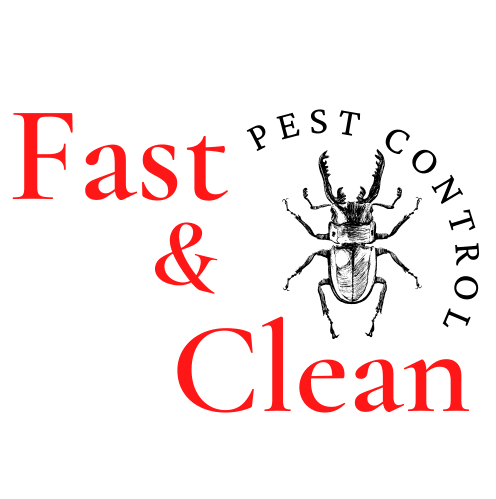Squirrels
Squirrels are small to medium-sized rodents that belong to the family Sciuridae. There are over 200 species of squirrels, which can be found all around the world, except for Australia and Antarctica. Squirrels generally range from about 7 inches (18 cm) to 24 inches (61 cm) in lenght, including their tail. They have a very long and bushy tails, that help them balance and steer while climbing or leaping, also helps with temperature regulation and communication. Squirrels also come in a variety of colours, such as brown, grey, red, black or even albino.
Tree Squirrels
These are the most common type, the Eastern grey squirrel is a famous example. Tree squirrels are a type of squirrel that primarily live in trees, as the name suggests. They are highly adapted to an arboreal (tree-dwelling) lifestyle and are commonly seen in wooded areas, parks, and even urban environments.
Flying Squirrels
These squirrels have a membrane between their front and back legs that allows them to glide. They don’t actually fly, but they can glide up to 150 feet (45 meters) to move between trees. Flying squirrels are typically small, with body lengths ranging from 8 to 14 inches (20–36 cm), with tails adding another 6 to 9 inches (15–23 cm). The most distinguishing feature of flying squirrels is the patagium, a special membrane of skin that stretches between the forelimbs and hindlimbs.
Ground Squirrels
These squirrels live in burrows and often live in large colonies. They are a group of squirrels that primarily live on or under the ground, as opposed to tree-dwelling squirrels. They are known for their burrowing behavior and are found in a wide range of habitats, from grasslands and deserts to urban areas.
Antelope Squirrels
Antelope squirrels are a unique group of ground squirrels that are primarily found in desert, dry regions of North America, they tend to be active during the day and often dig small burrows to escape the heat.
Signs of Squirrels:
Tracks and Footprints:
Squirrel tracks are relatively small, with four toes on the front foot and five toes on the back. The tracks are often oval-shaped, with distinct claws visible in the impressions, look for tracks in dirt, snow, or mud that show the direction the squirrel has traveled, often leading toward or from trees, shrubs, or their nesting sites.
Chewed Bark or Nuts:
They are notorious for gnawing on tree bark, particularly on the trunks and branches of young or softwood trees, they eat a variety of nuts and seeds, and after they are done eating, they often leave behind discarded shells, especially acorn or pine nut shells, in piles beneath trees, and they often stash food in hidden places like tree cavities, under rocks, or in the ground.
Dropings:
Squirrel droppings are typically small, 1/2 to 3/4 inch (1–2 cm) long and cylindrical in shape, they may be dark brown or black and may have small, round ends, they are usually dry and resemble small pellets.
Sounds:
Squirrels make a variety of sounds, with one of the most common being a sharp chattering or barking noise, they are known for making distinctive scratching or scurrying sounds when moving through trees or across rooftops, some squirrels, especially flying squirrels, produce high-pitched whistles or screeches, which can be heard at night.
Chewing on Objects:
Squirrels constantly gnaw to keep their teeth from growing too long, gnaw marks can be found on a variety of surfaces, such as wooden fences, garden furniture, telephone poles, bird feeders, or even electrical wires. These gnaw marks are typically small but noticeable, with a clean, sharp edge, they may also chew on fruits, vegetables, or flower bulbs in gardens.
Evidence of Squirrel Damage:
In urban areas, squirrels may seek shelter in attics or roofs, once inside, they may chew on insulation, wires, or other materials.
Nesting and Nests:
Squirrels often build nests out of leaves, twigs, and other plant materials, which they use for shelter and to raise their young, these nests are typically found high in trees, often in the forks of branches or in dense foliage, but some species of squirrels, especially tree squirrels, use existing tree hollows or cavities to create nests.
Keeping Squirrels Away
Prevent Squirrels entering the house:
Seal entry points such as attic, roof, vents and chimney, use steel mesh or wire mesh to cover holes and gaps, install a chimney cap to block access, vents and exhaust pipes can be entryways, install metal mesh or vent covers, inspect roof for any loose shingles or gaps, reinforce these areas with metal flashing.
Remove Existing Squirrel Nests:
Locate any nest in the attic, roof or trees and remove them, if you’re dealing with a difficult-to-reach nest, it’s best to consult a pest control professional to safely and humanely handle the removal.
Deterring Squirrels in the Yard or Garden:
Protect trees and bird feeders, by hanging bird feeders on squirrel-proof poles, installing squirrel baffles (a dome-shaped barrier) on feeder poles, or using feeders with mechanisms that close when a squirrel climbs on them. Fencing, installing a squirrel-proof fence around the garden or yard, and remove attractants, ensure there are no food sources that attract squirrels in the yard.
Repelling Squirrels:
Natural repellents, such us hot pepper, garlic, onion, cinnamon or mint, squirrels dislike these scents, you can make a DYI spray, and spray it over plants, attic, roof, around the yard, and the areas where squirrels are active, there is also the comercial repellents and light and noise deterrents.
Stay Connected
Stay updated with the latest pest control tips and exclusive offers by signing up for our newsletter.
Contact us to get a quote!
Let us know if you have any questions! You can reach out via our phone or via email directly.
Services
Pest Control
Removals
Cookies Policy
Privacy Policy
